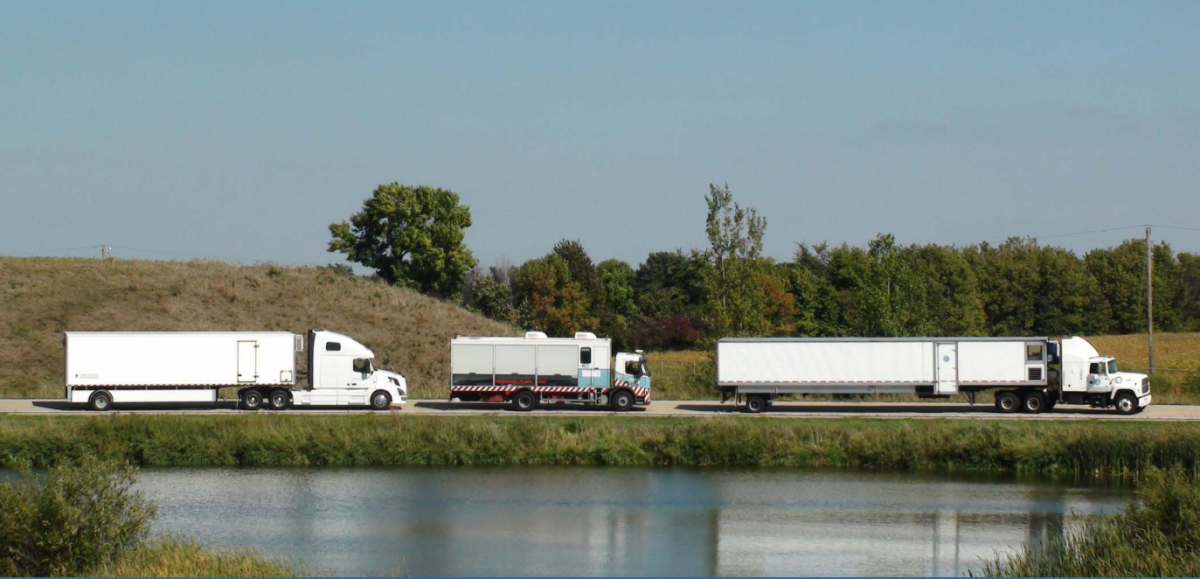Prepared by Magdy Mikhail, Texas Department of Transportation
Network-level structural data provides information about the load-carrying capacity of the pavement network. It describes base and surface strength, as well as subgrade strength. This information can be essential in determining whether a candidate project needs sub-surface rehabilitation or if a less expensive (surface) preventive maintenance treatment can be used instead. The data can also be used for evaluating routes for super heavy loads.
Network level structural evaluation can be done using one of the available devices below:
- The Falling Weight Deflectometer (FWD) to assess structural capacity of pavements, data is collected every 0.3-0.5 miles by applying an impact load of 9,000 lb to simulate the load of one tire of a single axle loaded to 18,000 lb. the deflection basin generated is suitable for structural evaluation. The data is collected at a relatively slow rate and traffic control is always needed for the safety of the operator, equipment and travelling public.
- Rolling Wheel Deflectometer (RWD) device that uses two sensors to collect the maximum pavement surface deflection under an 18-kip single axle semi-trailer load traveling at normal highway speeds. The device provides high production suitable for network level evaluation and traffic control is not needed for data collection.
- Traffic Speed Deflectometer (TSD) which is a truck trailer combination having a 10 tonnes single axle with dual wheels. The movement of the pavement surface caused by the axle load is measured with four (or more) laser sensors and is transformed to simulate a deflection basin. The equipment operates at highway speed without the need for traffic control.
 Continuous deflection testing devices at MnROAD test facility for an FHWA study on “Network Level Pavement Structural Evaluation”. From left to right: Greenwood TSD, Euroconsult Curviameter, and Applied Research Associates (ARA) RWD. [Picture Source: “Network Level Pavement Structural Evaluations – A Way forward,” Presented by Nadarajah Sivaneswaran (FHWA) at National Pavement Evaluation Conference 2014]
Continuous deflection testing devices at MnROAD test facility for an FHWA study on “Network Level Pavement Structural Evaluation”. From left to right: Greenwood TSD, Euroconsult Curviameter, and Applied Research Associates (ARA) RWD. [Picture Source: “Network Level Pavement Structural Evaluations – A Way forward,” Presented by Nadarajah Sivaneswaran (FHWA) at National Pavement Evaluation Conference 2014]
In general the data from the different equipment can be incorporated into a structural index to be used in the decision tree to generate preventive maintenance and rehabilitation plans and optimize the use of the available funds.
For more information, please contact Magdy Mikhail at: Magdy.Mikhail@txdot.gov